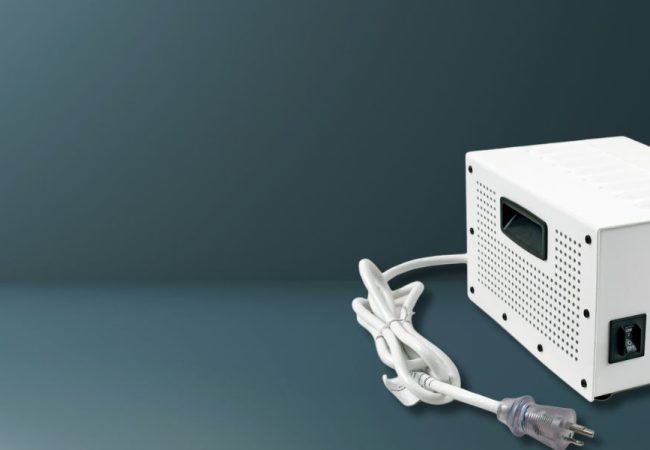Table of Contents
Businesses rely on UPS systems to protect their electronic equipment from power fluctuations and interruptions. Just purchasing and installing a random UPS system won’t ensure optimal functionality. If you want the working of the UPS system to be smooth and hassle-free, you need to choose it accordingly as these systems are not resistant to many other issues that can compromise their reliability. Common UPS system issues and solutions are as follows:
Battery Failure
This is a common issue that can occur due to many reasons such as system ageing, not maintaining it, and increased operating temperatures. If there are chances of battery failure, you will be able to see symptoms such as reduced backup runtime, audible alarms showing battery faults, incompatible battery charge levels, etc.
What’s the solution for this? There are some things you can consider if your UPS system shows signs of battery failure.
- You can implement a routine battery testing regimen. You can use certain diagnostic tools to assess the battery’s health.
- Consider replacing the damaged battery with top-notch replacements.
- There is even an option to implement a battery monitoring system to track real-time status and predictive maintenance.
Overloading
In the cases of overloading, there can be system failure. When the UPS is subject to more load than its capacity, it can be overheating as well as system failure. Continuous beeping alarms and high UPS temperatures are some of the symptoms of the UPS system.
There are certain things you can do to avoid these situations.
- A comprehensive load assessment can help you ensure that the UPS capacity aligns with the power requirements of the interconnected equipment.
- Consider implementing load-shedding strategies. This will prioritize critical equipment during outages.
- In order to prevent overloading risks, you can consider distributing the load across numerous UPS units or upgrading to a higher-capacity UPS system.
Overheating
This is one of the prevalent issues that can occur due to insufficient ventilation, increased ambient temperatures, or long operation under heavy load conditions. You will notice symptoms such as extreme heat emission from the UPS unit, thermal shutdown, physical injury to internal components, and low performance.
One of the most important things you can do to prevent overheating is to improve the UPS installation environment. Avoid keeping the unit too close to the walls or any other objects, thereby maintaining good clearance around the whole system. Also, consider implementing thermal management solutions such as fans or cooling systems, to regulate temperature and prevent overheating. You can monitor UPS temperature levels using built-in sensors or external monitoring devices to prevent thermal damage.
Input Power Issues
UPS efficiency and connected equipment integrity can be negatively affected by input power abnormalities, such as sags, surges, and spikes. If you notice fluctuating output voltage, increased frequency of battery discharges, or unexpected UPS reboots, it can be a sign indicating input power issues.
- In order to stabilize and filter incoming power, deploy power conditioning devices like line interactive or online UPS systems.
- To safeguard against voltage fluctuations and electrical noise, consider installing transient voltage surge suppressors (TVSS) and isolation transformers.
- Perform frequent power quality audits. This will help you identify and rectify potential input power issues carefully.
Software & Firmware Issues
Power management functions can be compromised when UPS firmware and software are outdated or corrupted. If you notice error message during system initialization, unresponsive UPS interface, or inconsistent power event logging, it may be due to software and firmware issues.
- Firstly, you need to maintain up-to-date UPS firmware and software by checking for updates from the manufacturer’s official website on a regular basis.
- Perform system diagnostics and validation tests post-update to confirm proper functionality and communication with connected devices.
- During firmware upgrades, you have to follow strict update protocols to provide data integrity and system compatibility.
Hope this helped you in understanding common UPS system issues and solutions. Understanding these technical intricacies and implementing proactive troubleshooting measures are critical for ensuring the longevity of UPS systems.
Being one of the best UPS suppliers, Benoit Technologies can help you find the best UPS system that meets your power requirements. With branches across UAE, Qatar, Saudi Arabia, Africa, and Oman, we have a team of certified professionals who specialise in UPS systems. If you need assistance in optimizing your UPS infrastructure, please get in touch with Benoit Technologies.



